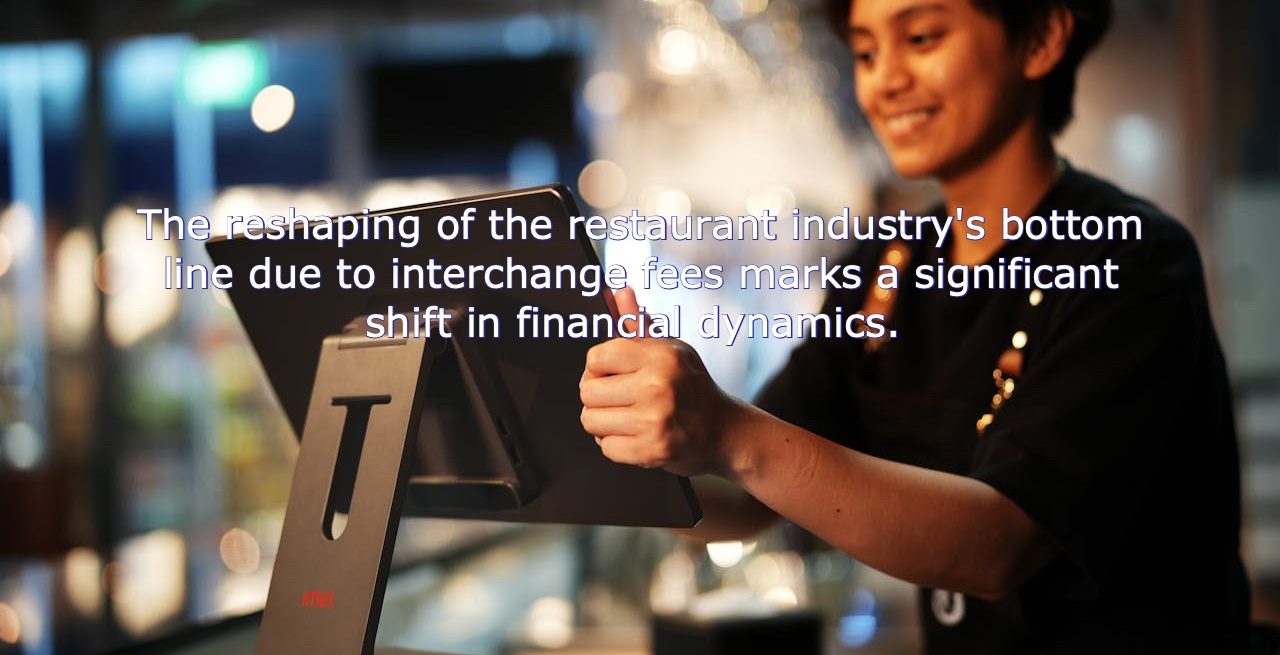How Interchange Fees Are Reshaping the Restaurant Industry’s Bottom Line
3 Min Read By Austin Mac Nab
In the modern dining landscape, where convenience and customer experience are paramount, restaurants increasingly rely on electronic payment systems to facilitate transactions. However, behind the scenes, interchange fees play a crucial yet often overlooked factor in shaping these establishments' financial health. These fees, charged by credit card companies to process transactions, can profoundly impact restaurants of all sizes. As a percentage of each sale, interchange fees may seem minor individually but can accumulate to significant amounts over time. For restaurants, especially those operating on thin margins, these fees can influence pricing strategies, profitability, and even operational decisions. Understanding how interchange fees affect restaurants is essential for grasping the broader economic pressures they face and exploring potential strategies to mitigate their impact.
What Is an Interchange Fee?
Interchange fees are charges set by credit card networks (Visa, Mastercard, etc.) and represent a percentage of each transaction. These fees go to the issuing bank and cover the costs of processing the transaction. Across major credit cards, percentages fall between 1.5% and 3.0%. As of October 2023, Visa charges restaurants between 2.1 and 2.2 percentin interchange fees for transactions, plus a minimum of $0.04 or $0.08 depending on the tier. Interchange fees are non-negotiable and credit card companies adjust them regularly. Specifically, every April and October, Visa and Mastercard publish new rates every April and October.
How Do Interchange Fees Impact Restaurants?
Interchange fees can significantly affect a restaurant's bottom line in various ways. This includes higher prices and reduced cash flow. With high interchange fees, merchants have to raise operating costs, which are often passed onto the consumer with higher prices or may seek out additional resources and capital to adjust to new and rising credit card fees. As fees accumulate, restaurant owners often have difficulty managing cash flow and may be forced to cut essential services for their employees or other overhead costs.
How Can Restaurants Reduce Interchange Fees?
Unfortunately, restaurants can’t avoid interchange fees, unless they remove the acceptance of credit cards. In 2023, 82 percent of US consumers owned a credit card, which was up from the previous three years. It’s important restaurants meet the needs of their customers, while also protecting their bottom line.
One effective strategy to reduce interchange fees is selecting the right payment processor that can provide cheaper solutions. Many third-party vendors offer cash discount programs that can help offset card processing costs, leading to enhanced financial stability for restaurants. Cash discount pricing is a strategy that allows businesses to offer a lower price for cash transactions while incorporating a small fee for credit card payments. Customers receive a discount on the listed price when they pay with cash, while charging the full price for those who choose to pay with a card. By incentivizing customers to pay with cash, businesses can offset the costs associated with credit card processing fees.
Another consideration is switching to an interchange-plus plan. These plans offer a transparent and often lower processing rate than others. For interchange-plus, the credit card processor adds a markup onto the interchange rate charged by the credit card network to cover its services, where both are charged per transaction. This ultimately saves the business money but charges the customer more.
The reshaping of the restaurant industry's bottom line due to interchange fees marks a significant shift in financial dynamics. As restaurants navigate these complex charges, it's evident that interchange fees are no longer just a line item but a major factor influencing pricing strategies, profitability, and overall business operations. Ultimately, understanding and managing interchange fees will be crucial for restaurants aiming to maintain their financial health and competitive edge in a rapidly changing market.


